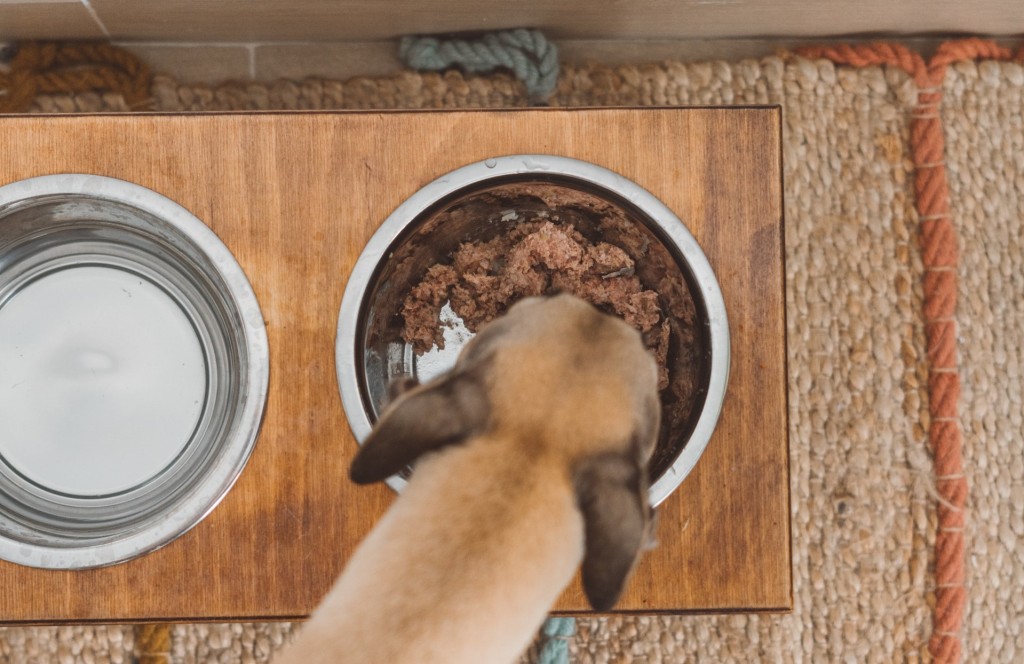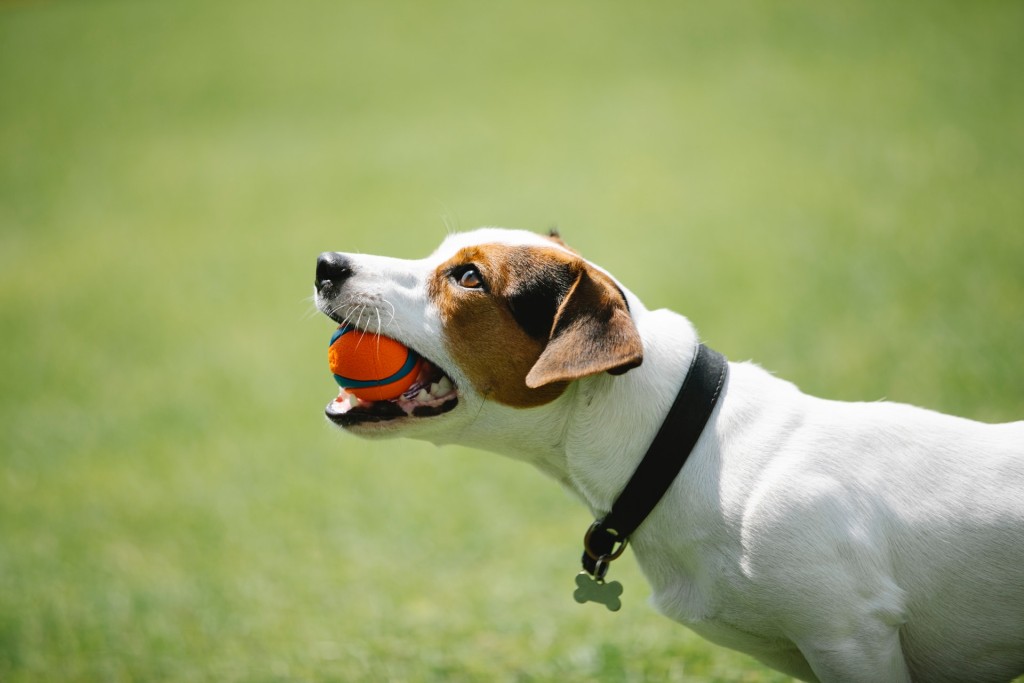Service dogs are working animals. Like athletes, employees, business owners, and anyone with a career, they need to be well-nourished to perform their jobs in tip-top shape. However, some people don’t pay attention to what and how they feed their dogs, whether they’re pets or service animals.
If you’re wondering what feeding practices you should follow to help your service dog work at its best, then get your journal, pencil, and write down these tips.
1. Make clean water highly accessible
Even if you feed your dog the most nutritious meals, it won’t matter if they can’t drink clean water whenever they need to. Service dogs lose a lot of water to keep themselves cool after performing tasks. You must bring a portable bowl and a bottle of clean water at all times when you’re out.
2. Give your dog the right balance of nutrients based on their job
There are different varieties of service dogs. Some act as guides for the blind, others as medical condition notifiers, and there are those who do mobility support. And depending on their tasks, they should also eat the right balance of nutrients in their meals.
For example, mobility support dogs should eat more protein such as Taste of the Wild’s Roasted Bison and Venison High Protein so they can carry their handler’s weight with their strength.
On the other hand, service dogs trained to pick up objects should eat a majority of carbohydrates and brain vitamin-rich meals to stay mentally sharp and ready for short bursts of energy. Example brands would be JerHigh and Evanger’s.
3. Split meals based on your dog’s metabolism
Dogs come in different sizes with different metabolic rates. Active canines have faster metabolisms and prefer to eat medium-sized meals three times a day. Typically, dogs eat twice a day: One large meal in the morning and one in the evening.
If an active dog were to eat two large meals daily, they would likely experience an upset stomach which would affect their overall performance. Is your service dog highly active? Then you should divide their meals into three feeding sessions with medium-sized servings.
4. Vary food portions based on season
During the winter, when you don’t go out much, don’t feed your service dog as much as you would from spring to fall. This will only cause them to gain weight.
5. Feed your dog with the food type that’s right for their teeth
As dogs age, their teeth wear down. You’ll notice that their canines turn from sharp and curved to flat and straight. Giving dry and crunchy food to a service dog with flat teeth will present eating difficulties. If your dog is beyond their young adult years and their teeth show it, then you should consider giving them wet and soft food.
These are all basic guidelines of what, when, and how much you should feed your service dog to keep them healthy and at their prime. However, since service dogs come in different sizes, breeds, and are trained specifically, you should consult with a veterinarian first to know the best feeding practices to follow as a handler.
Get more care tips for assistance animals here!
- The Best Grooming Practices to Prepare Your Therapy Pet for Their Next Visit
- 5 New Year’s Resolutions for Pet and Assistance Animal Owners
- 8 Things You Should Bring While Traveling with Your Service Animal
- 7 Top Tips for Responsible Pet and Assistance Animal Ownership
- 8 Care Tips for Your Companion and Assistance Animal According to Veterinarians
Do you own an assistance animal? Register your pet today.
The Service Animal Registry of California invites you to have your assistance animal registered in order to designate its status. We also encourage you to take our online classes so you can be fully aware of your rights and gain more knowledge about your support animal.
Finally, we present to you our book entitled, “ASSISTANCE ANIMAL LAWS: LEARN YOUR RIGHTS REGARDING SERVICE ANIMALS, EMOTIONAL SUPPORT ANIMALS, THERAPY PETS, AND OTHER DOGS, CATS, AND ASSISTANCE ANIMALS” to provide you with a complete education on assistance animals.
Purchase your copy of the book by clicking the image below.





